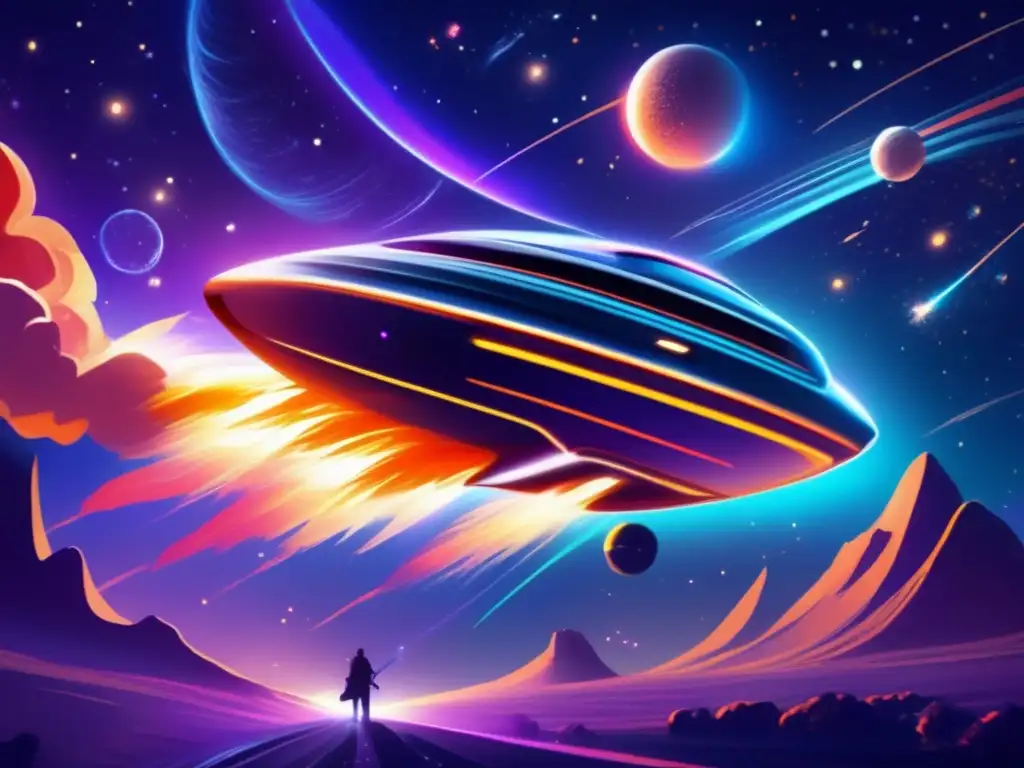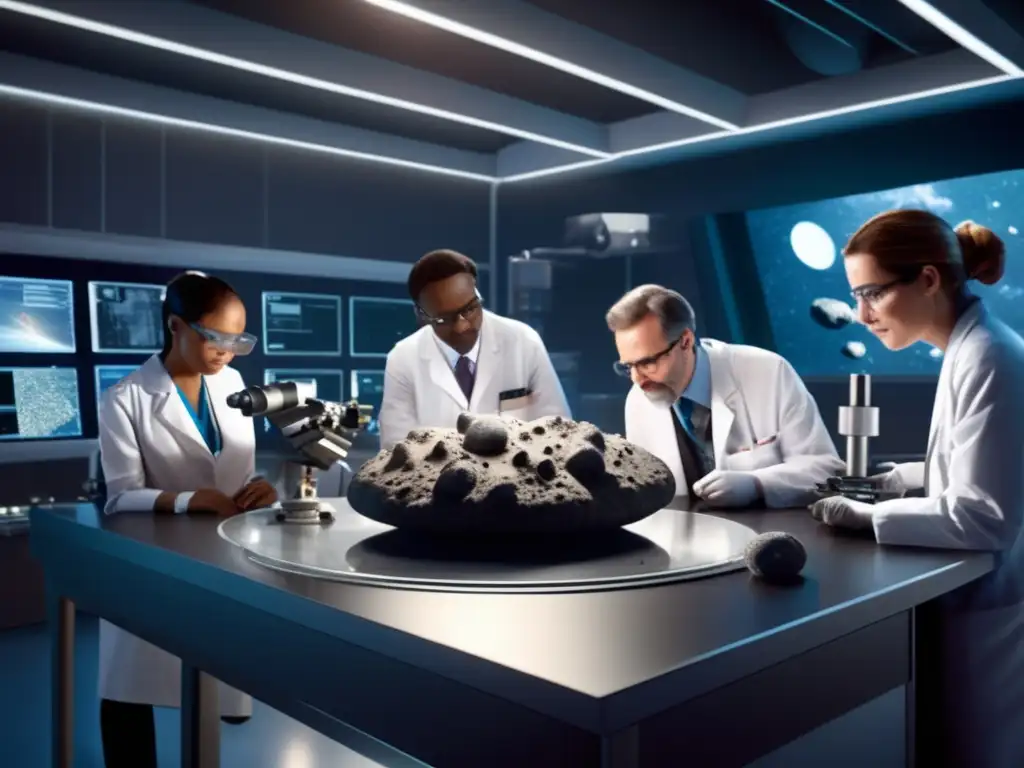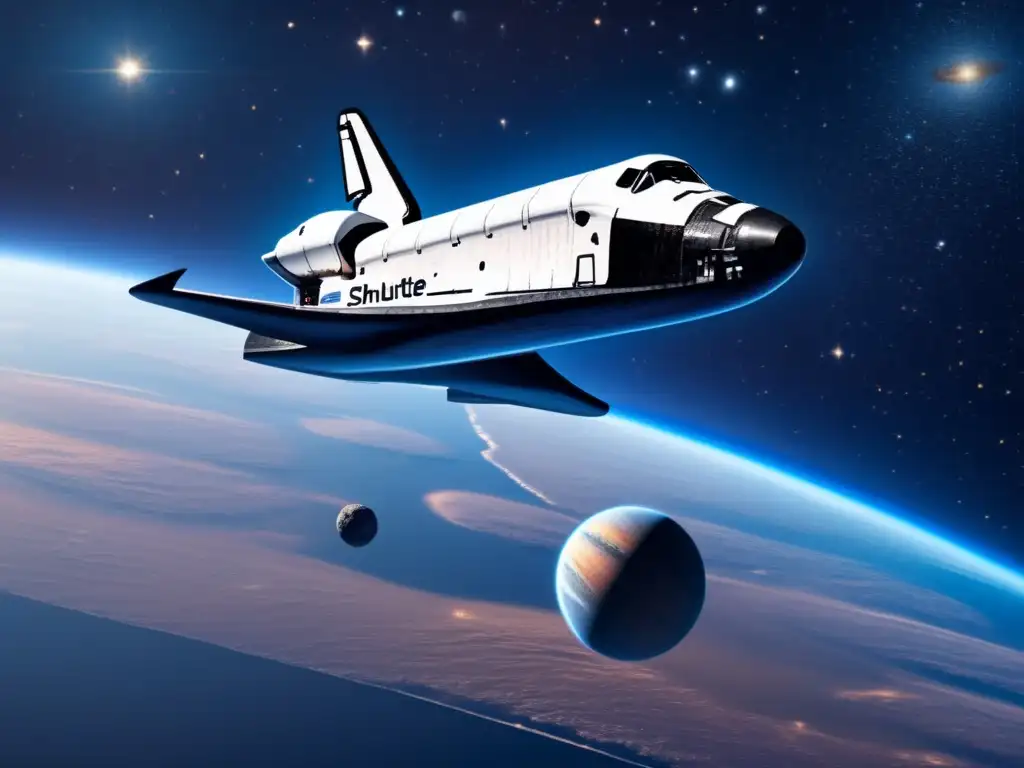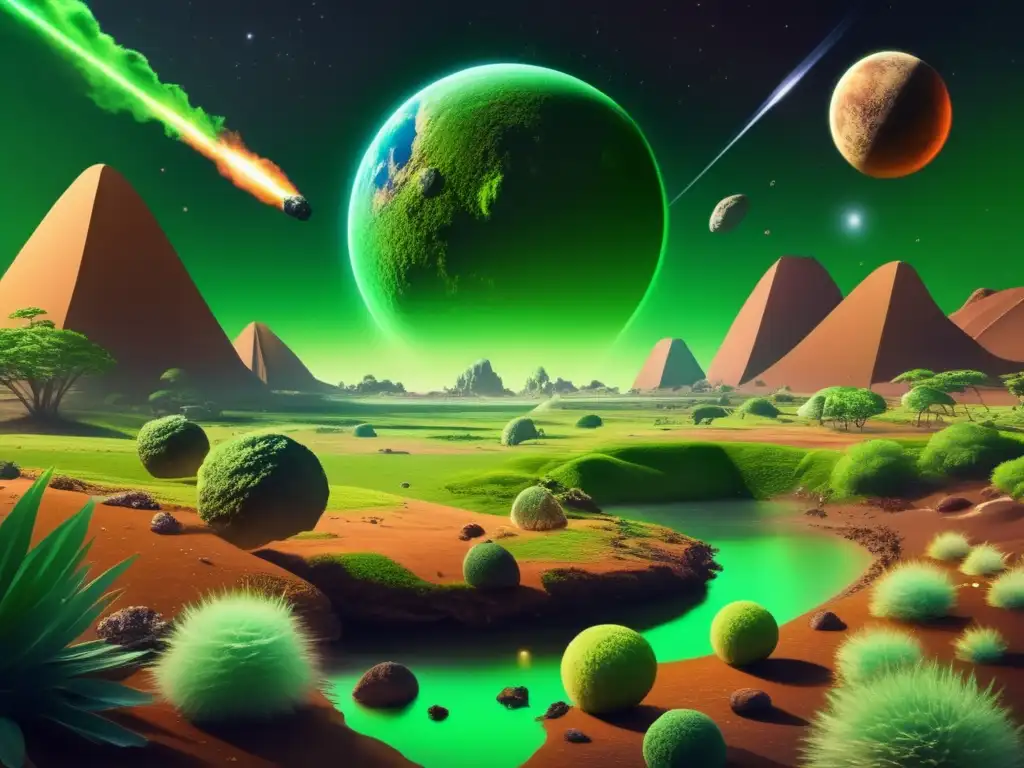Panspermia: The Interstellar Journey Of Life Via Asteroids

Introduction
Throughout history, humans have questioned whether or not we are alone in the universe. In recent years, the discovery of bacterial life on Mars and icy moons such as Europa and Enceladus has fueled speculation that extraterrestrial life may exist. However, the origin of life itself remains a mystery. Panspermia is a theory that suggests life on Earth may have originated from outer space. Specifically, it proposes that microbial life could have traveled through space via asteroids or other celestial objects, ultimately seeding life on Earth. In this article, we will explore the concept of panspermia and its relationship to asteroids.
The Early History of Panspermia

The Ancient Greeks
The ancient Greeks were some of the first to speculate about the existence of extraterrestrial life. In the 5th century BC, Anaxagoras proposed that the stars were made of the same material as the Earth and that life could exist elsewhere in the universe. His student, Democritus, suggested that tiny "seeds" of life could be transported through space and take root on distant worlds.
The Scientific Revolution
In the 17th century, scientists such as Johannes Kepler and William Herschel theorized that the universe was filled with habitable worlds. Later, in the 19th century, chemist Svante Arrhenius proposed panspermia as a more formal scientific theory. He hypothesized that life could be transported through space via spores or organic molecules, and that these could survive in the vacuum of space. While his theory was not widely accepted at the time, it laid the groundwork for future research into the concept of panspermia.
The Modern Era
Today, panspermia remains a topic of scientific debate. Some researchers argue that it is a plausible explanation for the origin of life on Earth, while others maintain that it is unlikely. However, recent discoveries have provided new evidence in support of panspermia. For example, in 2019, scientists confirmed the presence of organic molecules on the surface of the asteroid Ryugu. This suggests that asteroids could contain the building blocks of life and may have played a role in seeding life on Earth.
Asteroids and Panspermia

The Interstellar Journey of Asteroids
One of the key components of panspermia is the idea that life can be transported through space on asteroids. Asteroids are rocky bodies that orbit the sun and range in size from a few meters to hundreds of kilometers across. They are remnants left over from the formation of the solar system and are composed of materials such as rock, metal, and ice.
Asteroids are known to travel great distances through space, and some even cross the orbits of multiple planets. When an asteroid collides with a planet, it has the potential to transfer material (including microbial life) from one planet to another. There is evidence that this has happened in the past. For example, scientists believe that a Mars-sized object collided with Earth billions of years ago, leading to the formation of the moon. Debris from this collision was ejected into space and may have carried microbial life to other planets or moons.
Asteroids and Organic Molecules
As mentioned earlier, recent discoveries have shown that asteroids contain organic molecules. These molecules are the building blocks of life and suggest that asteroids could have played a role in the origin of life on Earth. In addition, some asteroids contain water, which is essential for life as we know it.
The Hayabusa2 mission, launched by the Japanese space agency JAXA, is currently studying the asteroid Ryugu. In 2019, the mission confirmed the presence of organic molecules on the asteroid's surface. This supports the theory that asteroids may have played a role in the origin of life on Earth.
The Risks of Asteroid Impacts
While asteroids may have played a role in the origin of life on Earth, they also pose a significant threat to our planet. Large asteroid impacts have the potential to cause mass extinctions, as demonstrated by the extinction of the dinosaurs 65 million years ago. In addition, smaller asteroids can cause significant damage if they collide with populated areas.
To mitigate these risks, scientists are studying ways to deflect or destroy asteroids that pose a threat to Earth. For example, NASA's DART mission, set to launch in 2021, will test the ability of a spacecraft to deflect an asteroid by colliding with it at high speed.
Frequently Asked Questions

-
Could life have originated on an asteroid?
While we do not know for certain, recent discoveries have shown that asteroids contain organic molecules. These molecules are the building blocks of life and suggest that asteroids could have played a role in the origin of life on Earth.
-
Can asteroids carry life from one planet to another?
Yes. When an asteroid collides with a planet, it has the potential to transfer material (including microbial life) from one planet to another. There is evidence that this has happened in the past.
-
What are the risks of asteroid impacts?
Asteroid impacts can cause mass extinctions and significant damage if they collide with populated areas. To mitigate these risks, scientists are studying ways to deflect or destroy asteroids that pose a threat to Earth.
-
Could we use asteroids to seed life on other planets?
This is a possibility. If we were able to identify an asteroid that contains microbial life, we could potentially send it to another planet or moon to seed life there.
-
Will asteroids ever be terraformed for human habitation?
While it is possible that humans could eventually terraform asteroids for habitation, current technology makes this unlikely in the near future.
Conclusion
Panspermia is a fascinating theory that raises important questions about the origin of life. While it remains a topic of debate, recent discoveries have provided new evidence in support of the idea that we may not be alone in the universe. Asteroids are a key component of panspermia, as they have the potential to transport microbial life through space and even play a role in the origin of life on Earth. However, they also pose a significant threat to our planet and require ongoing research to mitigate their risks.
We encourage readers to continue exploring the concept of panspermia and the relationship between asteroids and extraterrestrial life. Share your thoughts and questions in the comments section below, and engage with www.asteroidrealm.com by subscribing, sharing this article on social networks, or other forms of participation. Thank you for your time and attention.
Additional Resources

 From Sky To Life: Asteroids As Life's Building Blocks
From Sky To Life: Asteroids As Life's Building Blocks Survival In Space: Asteroids And The Possibility Of Life
Survival In Space: Asteroids And The Possibility Of Life Hitching A Ride: How Microbes Could Travel On Asteroids
Hitching A Ride: How Microbes Could Travel On AsteroidsIf you want to discover more articles similar to Panspermia: The Interstellar Journey Of Life Via Asteroids, you can visit the Asteroids and Extraterrestrial Life category.
Leave a Reply

Articulos relacionados: